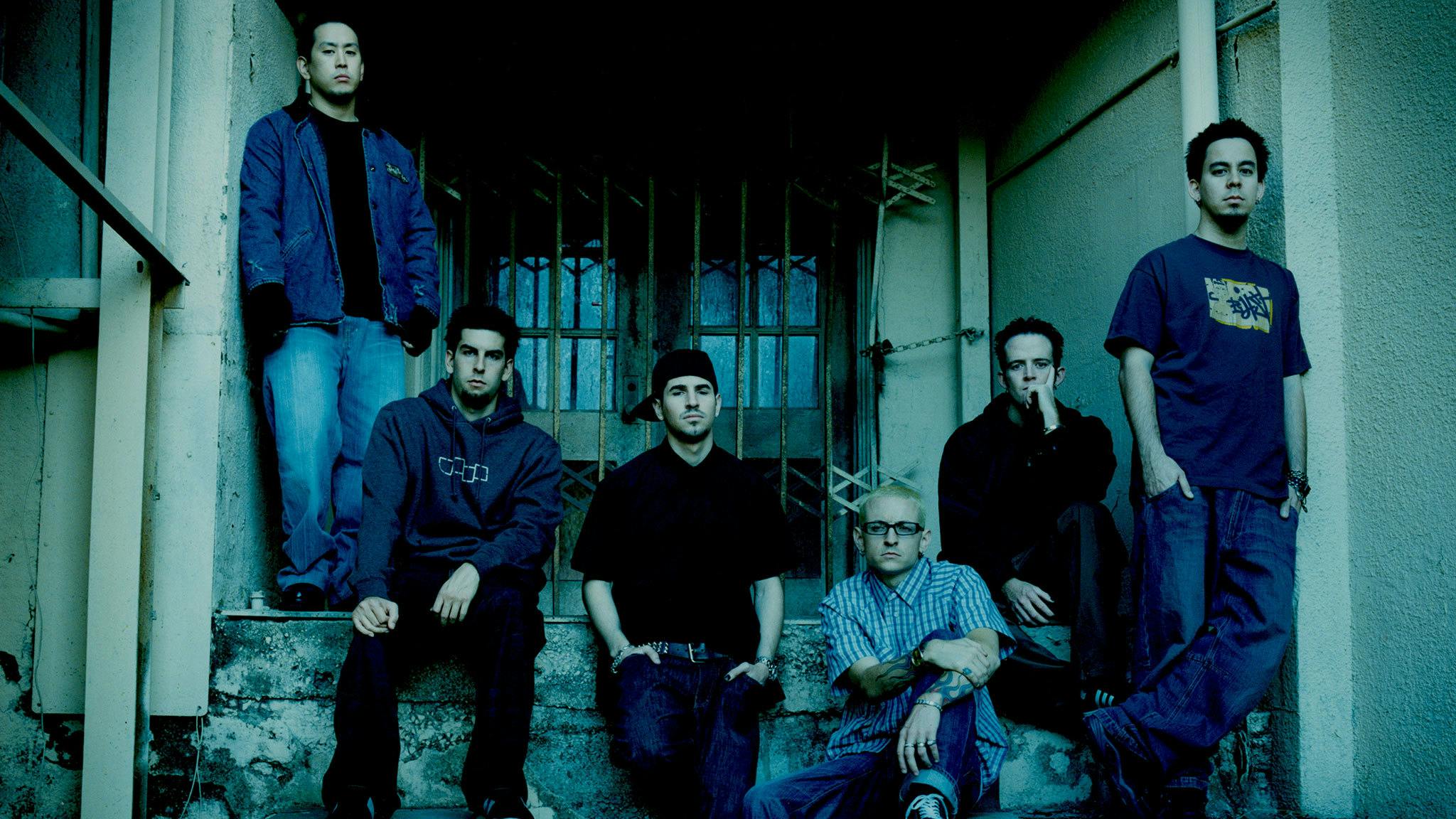For Chester, that meant revisiting the darker periods of his life, which he’d detail with increased frequency during interviews to promote the album, and would continue to do on subsequent releases. For now, he spoke of being in the clutches of substance abuse as a teenager, of thinking about shooting up because he’d grown bored of the usual highs, and how his emaciated frame had once prompted his horrified mother, a nurse, to liken his appearance to that of a concentration camp prisoner. Surprisingly, despite its title, Meteora’s fifth and final single, Breaking The Habit, wasn’t actually penned by Chester, and in fact wasn’t about his own experiences; Mike – inspired by another close friend’s battle with drug addiction – had written it long before the co-vocalists ever crossed paths and microphones
While Meteora’s more-of-the-same approach thrilled fans when it was unveiled to the world on March 25, 2003, some, including this very magazine, criticised the lack of progression since its predecessor. The 3/5 write-up at the time stated: “With Hybrid Theory, an album so precisely targeted to satiate music buyers rather than music lovers, you can’t help but wonder if there’s any need for a Part 2.” Rolling Stone agreed, complaining it was the sound of the band “[squeezing] the last remaining life out of this nearly extinct formula”. The album’s debut at Number One in the Billboard 200 – a feat not even Hybrid Theory had achieved – and over 810,000 sales in its first week said otherwise.
“It’s an obvious thing to focus on,” Chester had said of the speculation around sales figures ahead of the album’s release. “It’s like, ‘You sold 10 million records! Do you expect to sell another 10 million records?’ No. Would it be nice? Yeah. Is it a reality? No, it’s not.”
Chester had been wrong – it would go on to sell more than 27 million copies – but so was Rolling Stone to suggest Linkin Park had ridden their formula off the rails. They’d approach many of Meteora’s tracks again on Collision Course, a 2004 collaborative EP with rap giant Jay-Z that illustrated the breadth of mega talents they could share a stage with.
While Linkin Park continued to make lemonade, life still occasionally threw the odd lemon in their direction, particularly when in the build-up to 2003’s European tour, Chester began experiencing excruciating pain.
“I thought I was gonna die,” he told K! a month later, taking a break from shooting the video for Numb in Los Angeles, after the plans to film in Prague were nixed in the wake of his illness. “I was in peak physical condition a few months back, I was ready to go, and then, on that one morning, I wake up with a slight ache in my back. Two hours after that, I feel like I’m going to die.”
